 Stand Out on Social Media with These Visual Marketing Strategies
Stand Out on Social Media with These Visual Marketing Strategies
Visual content is still the best kind of content for social media marketing. Images and videos get more likes, shares, comments, and other engagement than text-only updates. Creating and sharing visual content is essential for any social media marketing campaign. In order to stand out, create content that resonates with your audience in a way that speaks directly to their needs and desires.
According to a recent infographic on Curalate, only seven percent of marketers feel confident about their current visual content strategy:
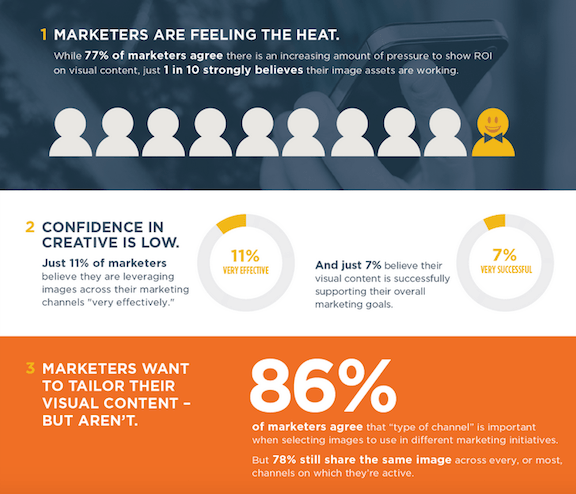
Today’s savvy social media prospect quickly dismisses the run-of-the-mill or average image that doesn’t directly appeal to their emotions or needs. When your business is able to craft the right message for your target market with a personal approach, your images can leads to more prospects and growth in your networks.
1. Creating Stand-Out Visual Content
The best way to go visual on social media is to create and share your own unique content. This can include photographs, professional images, videos, infographics, or memes that you make using tools and editing programs.
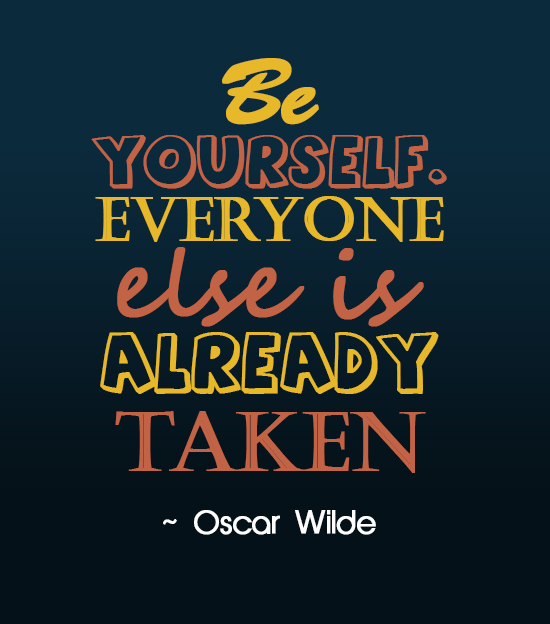
You don’t have to have a large budget to achieve this, and many free and low-cost resources are available to use such as Canva, Pablo by Buffer, Flipagram, Adobe Photoshop Express, SlideShare, and more.
2. Snippets and Previews
In addition to sharing your own visual creations, you can share snippets or movie clips as a preview of the content you want to share. On social media sites such as Facebook, the site automatically picks out an image from your content to create a preview. Along with a catchy headline, this thumbnail image gives your followers an idea of what to expect if they click your link.
3. Focus on the Right Style for Each Social Network
Depending on where your target audience is hanging out your business will want to focus on crafting visual content that not only matches the format of a particular social media platform, but also is the most responsive for your community. Facebook and Instagram posts, for example, garner a larger response from personalized photos, quotes, emotional or funny videos, or product images.
Here’s a great example on Instagram from marketing expert, Rebekah Radice:
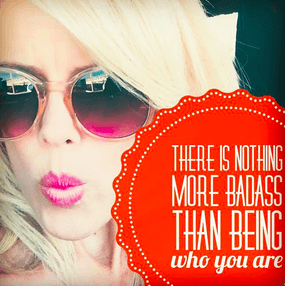
If your audience loves to hang out on Pinterest then color tends to do better than low-saturation images, like this Pin from Mashable:
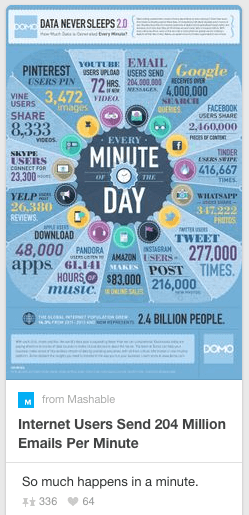
The most effective images can be discovered by researching what your competition is posting or tweeting, and creating your own original spin. Keep a record of what garners the most response and any repetitive patterns that are working the best.
4. Crowdsourcing Images
Another shortcut to create visual content is to crowdsource. Give your social media followers a challenge. For example, ask them to take pictures of creative uses of your products. They give you the images and you post them on places like Facebook, Instagram or Pinterest. This method gives your followers a way to participate directly in your brand and gives you easy, fun content. If you set up a contest with prizes, you’re even more likely to get a slew of interesting visuals to share. Applebees involves its fans and customers by posting their dining experiences on Instagram:
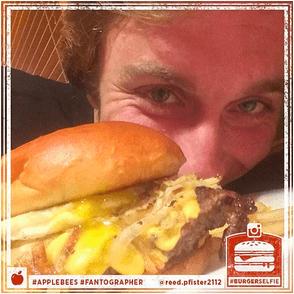
5. Getting the Most out of Visuals on Social Media
Sharing visual content will get you more activity on your social media profiles, but here are some other ways to leverage your visuals and make the most of them.
- Actively use Pinterest, Instagram, and other visual social media platforms and take advantage of their sharing capabilities to share on Facebook, Twitter, and the other social media sites you use.
- Take time to create or choose a picture for your profile that conveys your brand message and vision (this is particularly important for your Facebook Timeline cover photo).
- Invest in tools that are easy for you to use and include all the features you need, and get into a regular routine of visual content creation and sharing.
- Find good sources for visual content curation to augment your content creation schedule.
- Get into a regular routine of creating short, one to two minute videos for social media sharing.
6. Size and Style
Be careful with sizing and take note of size requirements when adding images to your social media profiles. Always look at your images as you post them to make sure they look the way they should. Make sure that you understand the sizing requirements of the social media sites you use, especially Facebook, which often makes changes to these requirements.
Here’s a great chart provided by the Marketing TechBlog:
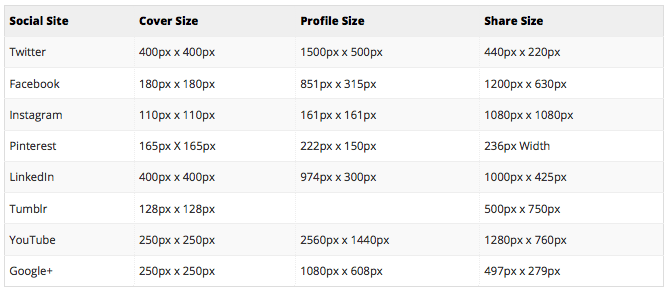
The general rule of thumb is to create your images at the largest possible size according to each network. If you’re sharing video, direct uploads work best on Facebook while Google Plus is integrated with YouTube. For shorter videos on places like Instagram and Vine you can try on programs like iMovie or Flipagram to make edits or upload directly and edit right from Instagram.
7. Focus on Fun
Just like your regular content, focus on providing value and sharing content that’s relevant. But with visual content, another important element is fun. This is a major reason why people share the content they like: it inspires them, makes them laugh or entertains them in some way. Try to strike a good balance between informing and entertaining.
Visual marketing for the upcoming years will continue to climb as a dominant force in growing your business online. Through creative, relevant, and original images or video that directly speak to your audience you can create a stronger loyal following with higher conversion rates. High quality content that best represents your brand message can go a long way in making new connections who will want to share what you have to offer.


0 Comments